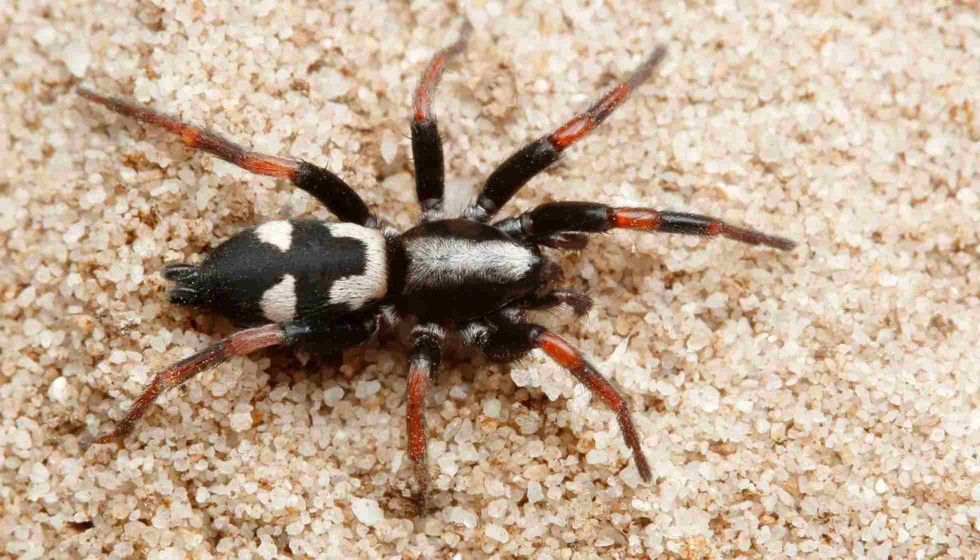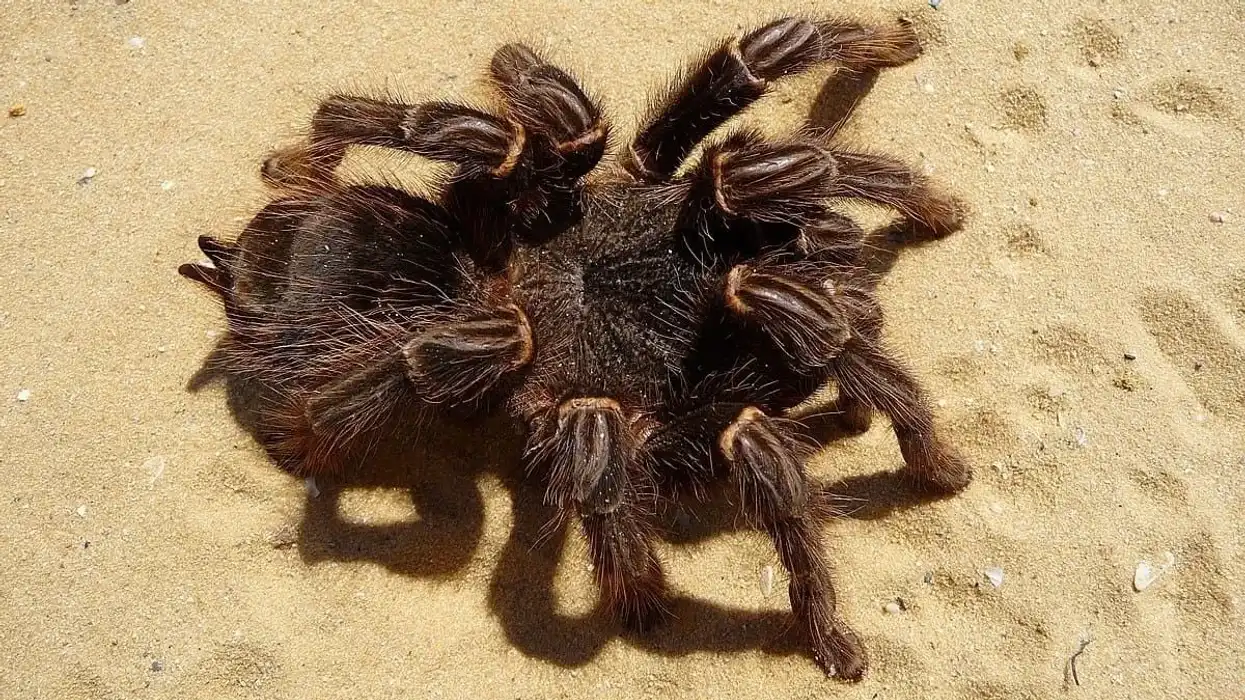The ground spider belongs to the seventh largest spider family gnaphosidae. They are closely related to the Clubionidae. The ground spider family has over 100 genera.
These spiders are found in North America, Mexico, and many countries in the world. They have a very short lifespan. Ground spiders are nocturnal hunting species.
These spiders do not trap their prey in the silk web like the other spiders. They like to chase their food, and these spiders hunt down their prey during the night. Controlling their population is a pretty heavy task.
If any region is infested by ground spiders, then only professional pest control services can get rid of these insects. Here are some interesting facts about this widely varied group of spiders for your perusal. Afterwards, do check these bolas spider facts and net casting spider facts as well.
Ground Spider Interesting Facts
What type of animal is a ground spider?
A ground spider is a spider from the family gnaphosidae. Ground spiders are known to hunt their prey during nighttime, and they sleep or remain at one place the whole day.
What class of animal does a ground spider belong to?
The ground spider belongs to the arachnida class of animals.
How many ground spider are there in the world?
There are estimated to be more than 25 million ground spiders in the world. Their population is not of any concern at present.
Where does a ground spider live?
A ground spider lives in the woods or indoors. A ground spider is commonly found alone in the wall looking for its prey.
What is a ground spider's habitat?
Ground spider habitats are outdoors as well as indoors. This species can take shelter in furniture, baseboards, cracks in the walls. Outside the houses, ground spiders are seen beneath logs, large stones, and within leaf litter. A whole family of spiders can be found in the tiniest places. They prefer places where hunting is easy.
Who do ground spider live with?
Ground spiders live in groups with other spiders of their species.
How long does a ground spider live?
A ground spider has a life span ranging between 1-2 years.
How do they reproduce?
Ground spiders reproduce sexually, but they have a unique mating ritual. Male ground spiders of this species do not directly put their sperm into the female; rather, they collect their sperm on spider webs.
After that, when the female is ready, males use their pedipalps to put that collected sperm into the females’ genitals. That is how ground spiders mate. A female ground spider can lay up to 1,000 eggs at a time.
The females of this species will then bundle up the laid eggs and trap them into silky webs until the eggs hatch; this arrangement of silk web is called an egg sac. The egg sac is always guarded by the mother.
What is their conservation status?
The conservation status of a Ground Spider is Least Concern (LC).
Ground Spider Fun Facts
What do ground spider look like?
A ground spider is red or gray-brown in color. This species has anterior spinnerets that are shaped like a barrel. These spinnerets are one spinneret diameter apart. Besides that, ground spiders have an indentation in their paired mouthparts.
They have around eight legs that are bent in the middle. Some spiders have small hair on their body, especially the legs. Their abdomen is the same color as the rest of their body. The abdomen of female ground spiders can look a little bit swollen.
How cute are they?
Ground spiders are not at all cute. They are a strange looking species of spider. Once they settle in your house, controlling these pests can be very difficult. Many people are scared of spiders due to their looks.
How do they communicate?
Ground spiders contact each other through pheromones. These are chemical signals sent around by spiders.
Ground spider release pheromones in the air, soil, water or any other surroundings depending on the message they want to send. Other ground spiders are able to catch and perceive those pheromones.
Another way of communication between them is leaving a trail of silk on the ground in their habitats. The silk of each spider is the same but they remember where they leave their silk so that they don’t get confused if it's their own silk or some other ground spider’s message.
How big is a ground spider?
A ground spider is only about 0.5 in (1.27 cm) long. These are very small animals and are only five times bigger than a black ant.
How fast can a ground spider run?
A ground spider can run as fast as 0.6 mph (0.9 kph). They are pretty fast, considering their small size.
How much does a ground spider weigh?
A ground spider weighs around 0.00007 oz (0.0019 gm) and hence are very light weight weight creatures.
What are their male and female names of the species?
No sex specific names are assigned to the male and female ground spiders. All ground spiders are simply referred to as male spiders and female spiders respectively.
What would you call a baby ground spider?
A baby ground spider is called a spiderling.
What do they eat?
Ground spiders prey on insects and other spiders. Their diet is purely carnivorous.
Are they poisonous?
No, ground spiders are not at all poisonous or venomous, neither to humans nor to animals. Their bites or contact can cause minor swelling but nothing too serious.
Would they make a good pet?
A ground spider would definitely not make a good pet. It is a small and scary creature, and most importantly, it bites. They can invade your cupboards and spoil your clothes. They are so small that if they accidentally are set loose in the house, you will hardly be able to find them.
Did you know...
The best and effective way to control the spider population is to control their food source.
A ground spider silk is a very strong material.
What kind of spider lives in a hole in the ground?
Spiders such as wolf spiders, trap-door spiders, and mouse spiders live in a holes in the ground.
How can you identify a poisonous spider?
A poisonous or venomous spider can be identified by distinctive colors and markings on them. Venomous spiders are usually brightly colored.
For instance, a hobo spider has a wasp-like yellow mark on its stomach. A black widow has a red or orange colored hourglass shape on its back, a brown recluse has a violin shape on its body. Such distinctive features on the spiders can be used to identify if a spider is poisonous or not.
Here at Kidadl, we have carefully created lots of interesting family-friendly animal facts for everyone to discover! For more relatable content, check out these flower spider facts and leafcutter ant facts.
You can even occupy yourself at home by drawing one on our ground spider coloring pages.









